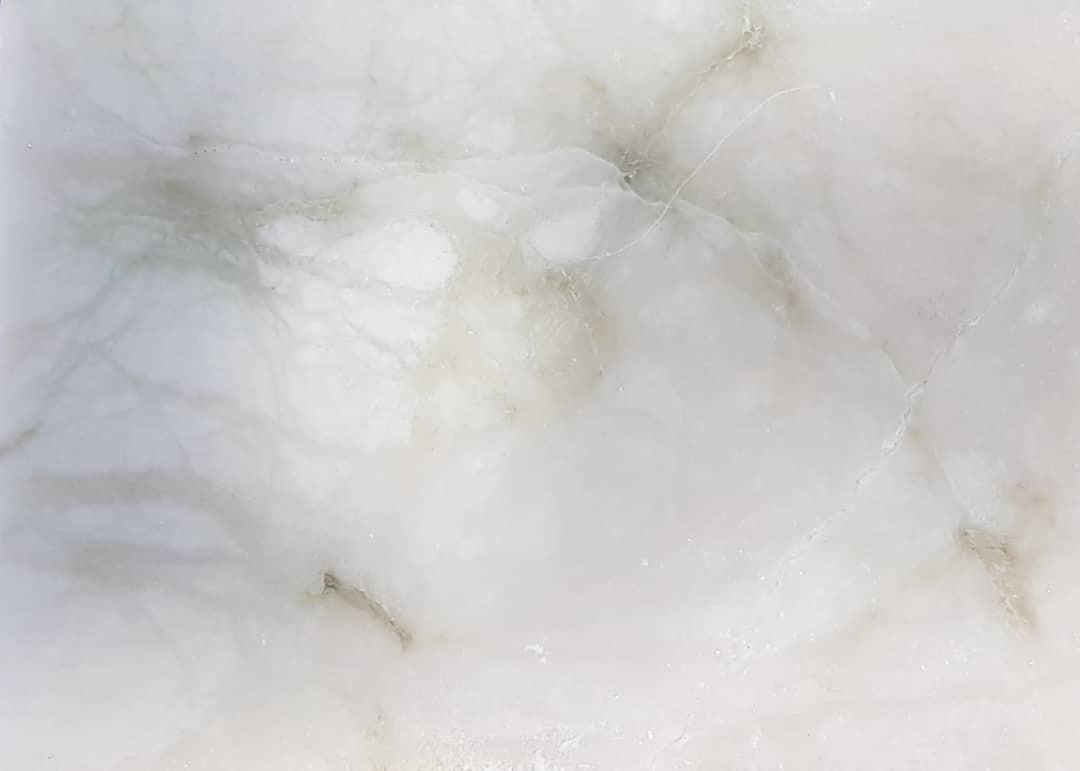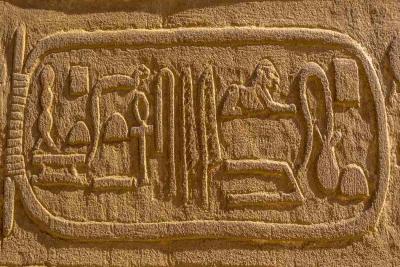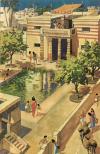The Egyptian Alabaster is a dense, calcium carbonate stone that has been mined near Hatnub, Egypt since the pre-dynastic period. The Egyptian Alabaster is not as the name indicates, true alabaster like the gypsum.
The use of the alabaster in Egypt dates well back into the 1st century and this is very evident when one visits the temples, tombs, and museums in Egypt.
The ancient pharaohs used the alabaster for creating different items, including household items, ritual objects, and for different funerary purposes like the sarcophagus and the Canopic jars which were used to hold the organs of a deceased person which were taken out as a part of the mummification process. Some of the ancient artifacts made from the alabaster can be found in the Tutankhamun collection of the Egyptian museum, where we can find a variety of different items made from this material. It can also be found in the Mohammed Ali mosque otherwise known as the Alabaster Mosque, the mosque was created by Mohammed Ali basha who used the Alabaster to adorn the mosque in the citadel.
The color of the Alabaster ranges from white to creamy white, while the color found in machine-made alabaster ranges from yellow to butterscotch with white
Healing properties of the Alabaster
There is some superstitious belief about the alabaster having healing properties. It is said that it;
Aids Forgiveness: It can assist in erasing away long-held grudges.
Stimulates Meditation: Excellent stone for bridging the gap between physical and spiritual lessons. Keep it handy among the healing stones on your crystal altar.
Mind Healer: Gives mental clarity, clearing away any confusion or cobwebs cluttering the mind.
Manages Anger Issues: It helps to tamp down any anger flare-ups.
Anxiety Easer: Helps to tame anxiety symptoms
Creative Bent: This stone is meant for the artist to help spark creativity.
Facts about the Alabaster
The alabaster is a fine-grained, massive, translucent variety of gypsum, a hydrous calcium sulfate. It is pure white or streaked with reddish-brown. Like other forms of gypsum alabaster forms by the evaporation of the bedded deposits that are precipitated mainly from evaporating seawater. It is soft enough to be scratched with a fingernail and hence it is easily broken, soiled, and weathered because of its softness alabaster is often carved for stationary and other decorative purposes. To the often-used term, ‘Oriental Alabaster’ is a misnomer and actually refers to a marble, calcium carbonate, whereas gypsum is a calcium sulfate
There are two different types of alabaster including the gypsum kind which is used mainly from pure handmade products and the ‘Oriental Alabaster' which is a much harder stone similar to marble which is used for the machine-made products
The ‘Oriental Alabaster’ is the material that was extensively used by Egyptians in sarcophagi, in the linings of tombs, in the walls and ceilings, and in vases and sacrificial vessels
In Egypt, alabaster can be found in two places, a few miles behind the Valley of the Kings in Luxor (ancient Thebes) and the Malawi area.
Faux Alabaster
Real alabaster is a minimum of 3/8 inches thick and weighs at least twice as much as imitations. The vein of alabaster has its own unique color and characteristic, the veins are translucent and dark and are completely random. If you see two pieces that have the same veining pattern in the same location, they are not genuine. It is found in nature in bulky, irregular shapes, in different sizes and at variable depths, mixed with other materials like marls or clay which protect the alabaster from other exterior agents.
The handmade alabaster objects are almost always very thin, lighter in weight, waxy feeling with a matte finish (not shiny). Hand artisans can only achieve this thinness of the product, not machines. Its colors range from pure white to a rich creamy white and sometimes streaked with various hues of warm, rusty red. When the pieces are held to a light you can see the true natural beauty of the colors and patterns. It comes in various sizes and shapes of pots, vases, cups, bowls, sconces, ashtrays, etc. Hand made alabaster is almost always more expensive than machine-made alabaster.
Though it is beautiful, the machine-made products lack the character and translucence of the hand made alabaster. Because the machines do not have the sensitivity of the artist, the machine-made products are thicker and heavier. The machines also provide a highly polished surface. The color most often found in machine-made items is generally yellowish to butterscotch with white. As does the handmade, it comes in a variety of shapes and sizes.
Machine-made “Oriental Alabaster’ items are usually more uniform and one may not need to take as much care in the purchases of such items as when contemplating the purchase of handmade alabaster items. Checking to make sure that the object is structurally sound and without cracks is usually sufficient. However, one should not be misled by a dealer who claims that such cracks are normal, they may in fact be fairly normal, but not in the quality of the machined alabaster.
The types of Alabaster can be distinguished from one another by differences in their relative hardness. Gypsum Alabaster can be scratched with a fingernail (MOH hardness of 1.5 to 2) while calcite alabaster is soft but requires more effort to scratch or carve (MOH hardness of 3)
Caring for the Alabaster
After purchasing alabaster, caring for the item itself is not difficult, though it must be handled with some care, as any such object. For cleaning, it is best to simply use water and cloth, while avoiding the use of colored cleaning liquids as they can leave spots especially on the inside of some machine-made products because they are porous and not protected by wax. Water itself will work fine and will leave no residue. Obviously, a dishwasher should never be used to clean alabaster.













Comments